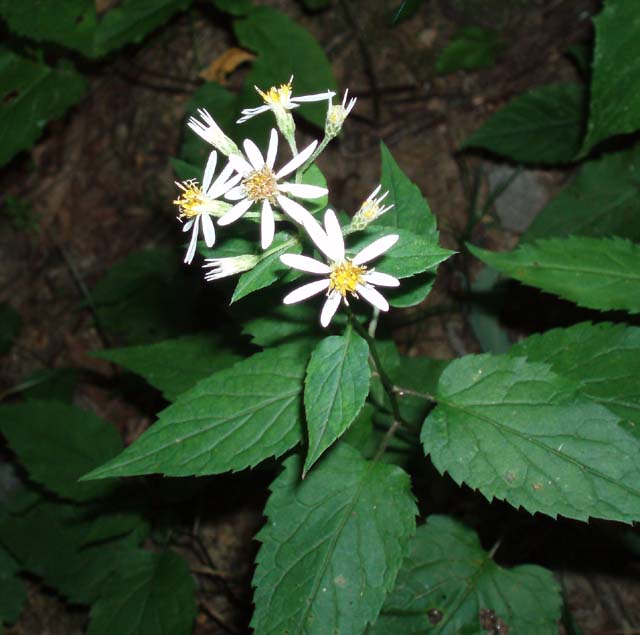I am a nature enthusiast—whether it be running through a trail in an dense forest near my home in New Jersey or scuba diving in a lake filled with various fish and plant species, I can’t get enough. So when I heard that Macaulay was making a visit to the NYBG, I was super excited. With my hair tied back, my running sneakers on, and my skin lathered with sunscreen, I stolled through just a small section of NYBG (specifically Lat 40.87 and Long -73.88), examining several plant species with fellow Macaulay students.
Our endeavor to identify specific species was rather difficult. Even though we had huge books (the size of Harry Potter books!) with helpful keys to refer to, we had to constantly ask our guide, who had a PhD in Biology, to give us hints on how to start skimming through the book and name the species. Nevertheless, we were still able to categorize the plants by asking several questions: (1) Are the leaves simple or compound? (2) Is the plant a dicot or a monocot? (3) Are the leaves alternate or simple? (4) Are the sinuses between the principle leaf lobes rounded or blunt? (5) If they have flowers, how many petals do they have? Are they regular or irregular? What color are they?
Having these questions in mind helped us weed out (*pun intended*) several types of plants till we were down to between two to five species. At that point, we referred to Google Images and our knowledgeable guide to put a name to the specie in front of us.
Although we came across several species, there were a few that stuck out:
1—Laportea canadensis:

This perennial herbaceous plant, also known as the Canada nettle, is usually found in open woods with moist soil. But be wary: these innocent looking clump-like plants have both stinging and non stinging hairs on the stems and foliage. My fingers were a witness to that; the stinging lingered slightly for a couple of hours.
2—Aster divaricatus

Of all the species that we identified, this one took the most time. Even with a guide, we kept hitting dead ends when using the keys in the provided book. After many tries, we finally identified this white woodland aster that provides nesting material for birds and a seed source for songbirds.
3—Betula lenta

This deciduous tree with alternate green leaves and a rough, gray bark was my favorite during our visit. Twigs of this birch tree have a sweet sap that emits a scent (and taste!) of evergreen. I was so intrigued by the taste that I took a couple of twigs to take back home.
I have always known that nature fosters much variety, but our trip to NYBG really awed me with the countless types of plants that existed there—and this is not including all the other sorts of organisms that call this place home. Not only did the vast assortment and number of plants astound me, but the way that these plants grew next to each other was almost harmonious. While the trees served as a canopy, while the shrubs and wildlflowers that flourished underneath populated the soil, concealing it almost completely. It was beautiful to see how nature in NYC is so ALIVE with creatures and flora that we would never otherwise take the time to recognize. Bioblitz also showed me that scientists are very meticulous and pay attention to the smallest details in categorizing and organizing organisms. This is important to find and record species without becoming confused.
In the end, this trip confirmed what I have always known: nature is all around us, and without it, we will never be able to appreciate all the richness it has to offer us. Within NYC, nature provides us a chance to see how the earth truly is—and this should never be taken for granted.









